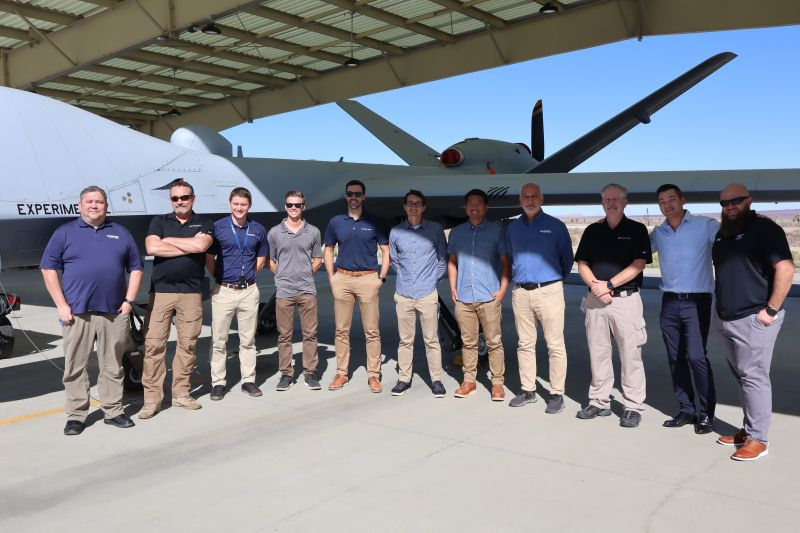
Satellite communications (SATCOM) are essential for a Remotely Piloted Aircraft (RPA) to take flight and connect to remote pilots and crew on the ground and run Intelligence, Surveillance and Reconnaissance missions. To date, RPAs have relied on geosynchronous (GEO) satellites for their connectivity. While this represents a great use case for GEO SATCOM, RPAs are also ideal candidates for multi-orbit solutions for resiliency should a link be compromised by an adversary or otherwise require manual intervention. An RPA in flight can be tasked to transmit data about adversarial weapons, positions, situations and tactics to Command and Control teams on the ground. Losing a SATCOM link, for whatever reason—be it equipment failure, channel congestion, interference or sabotage—significantly impacts and complicates a mission. While the RPA may still be able to fly, it can’t send or receive data. In some cases, the RPA may not even be able to fly without connectivity. After losing a command link, some RPAs will automatically abort a mission to return to their base.
Together, Hughes and SES demonstrated a multi-orbit, uninterrupted communications solution that is ready for take-off. Recent ground demonstrations of the Hughes HM System modem were performed with the General Atomics Aeronautical Systems (GA-ASI) MQ-9B SkyGuardian RPA—featuring multi-orbit SATCOM capabilities across SES’s GEO and Medium Earth Orbit (MEO) Ka-band satellites. The HM series software-defined modems feature a Resource Management System (RMS) with pre-set policies to monitor GEO and MEO satellite signals, automatically switching links to keep the aircraft connected, even when a signal experiences interference or jamming. Until today, the RPA has relied solely on GEO satellites. By adding MEO connectivity from SES’s unique multi-orbit fleet, which delivers global coverage, high throughput and security, the GA-ASI MQ-9B platform can maintain crucial connectivity and resiliency.
Just over a year ago, Hughes first demonstrated this capability, showing how the HM400 modem seamlessly and automatically transitions from one satellite to another to support data transmissions between the RPA and the ground—like transmitting multi-megabit, high-definition video and sensor data, including critical situational awareness and Intelligence Surveillance and Reconnaissance (ISR) data. A demonstration at GA-ASI’s Desert Horizon flight operations facility in El Mirage, California this month underscored the power of a multi-orbit networked capability to deliver data with three times faster throughput, than today’s remotely piloted aircraft command and control link. The demonstration employed both GEO and MEO gateways in distinctly different geographical locations, offering a diverse mix of SATCOM and terrestrial infrastructure. This configuration is potentially ideal for providing resilient connectivity from the platform to the GCS for video and data services in congested and contested environments.
While the Hughes HM400 provides a reduced size, weight and power (SWaP) system ideal for the RPA, it is also compatible with larger antennas for higher data rates and better service on much bigger planes and can even be configured for older RPAs that utilize Ku-band satellites. The HM System’s dexterity with regard to antennas and aircraft, as well as multiple satellite constellations, helps ensure secure anytime, anywhere communications for critical airborne missions.